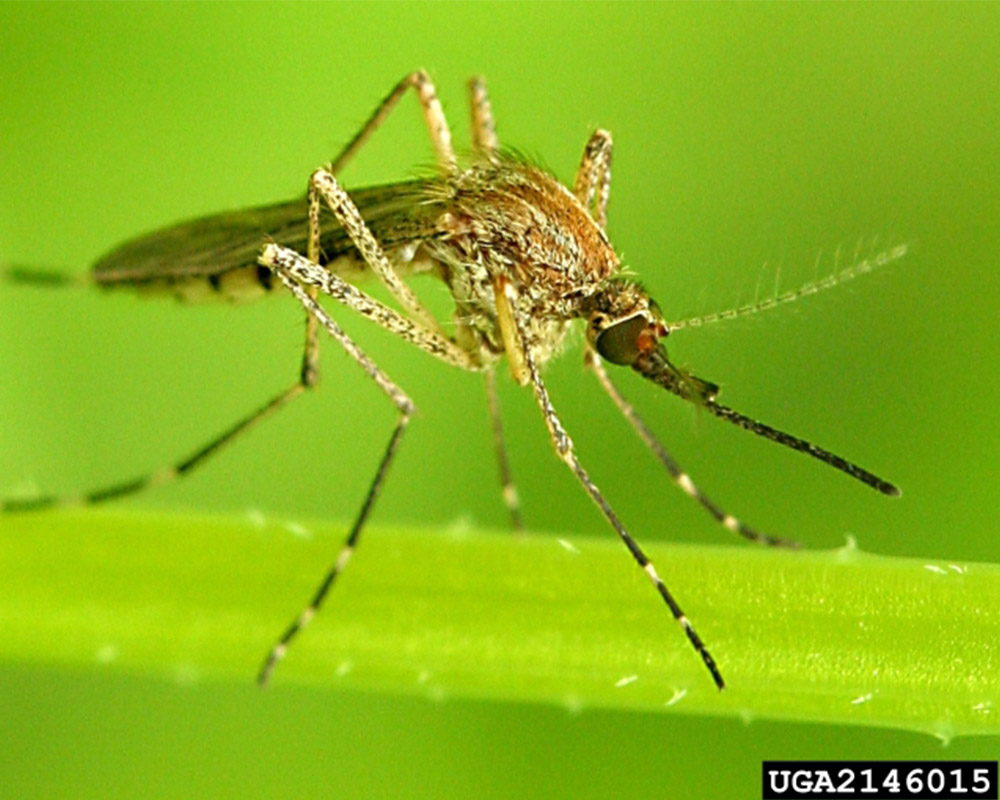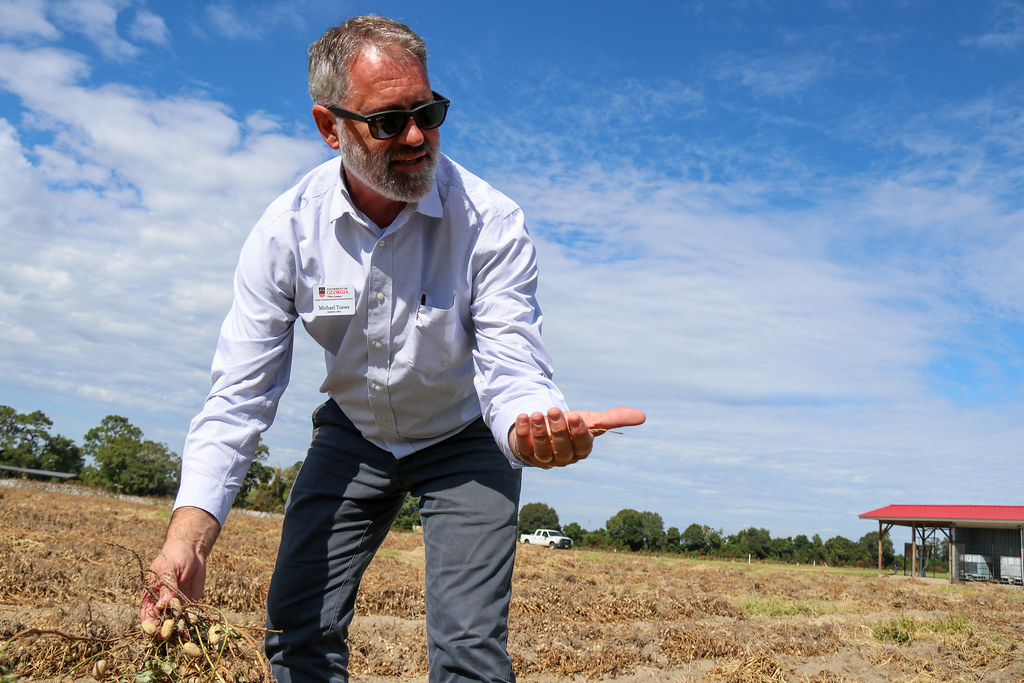 CAES News
CAES News
Michael Toews Extension
Ten weeks into his tenure as associate dean for University of Georgia Cooperative Extension, Michael Toews’ focus has remained steadfast: UGA Extension is about people and trust. Toews is kicking off his new role with a listening tour across the state as he expands his vision for UGA Extension with an emphasis on serving Georgia’s diverse population — both urban and rural.


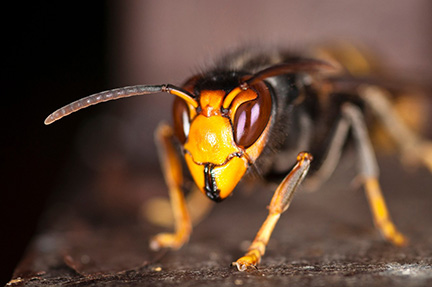
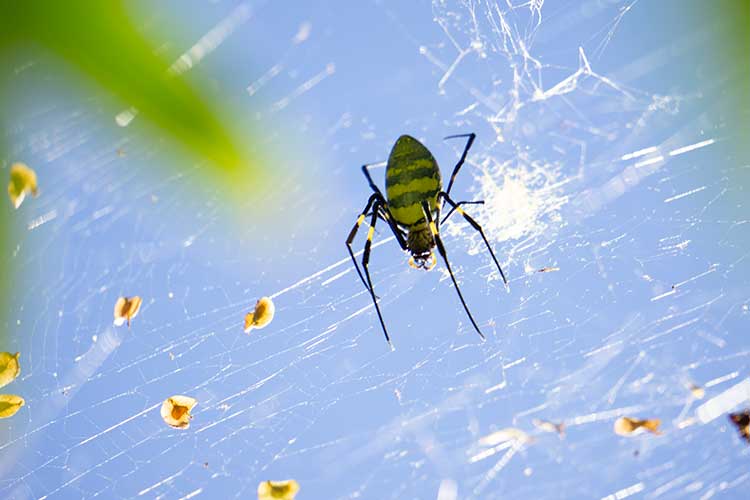
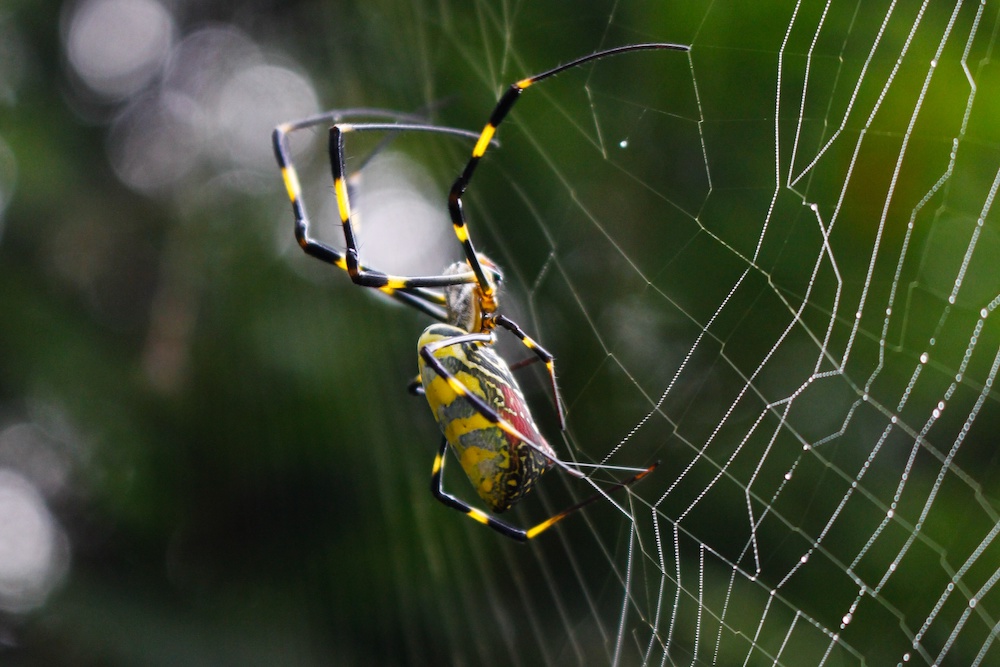
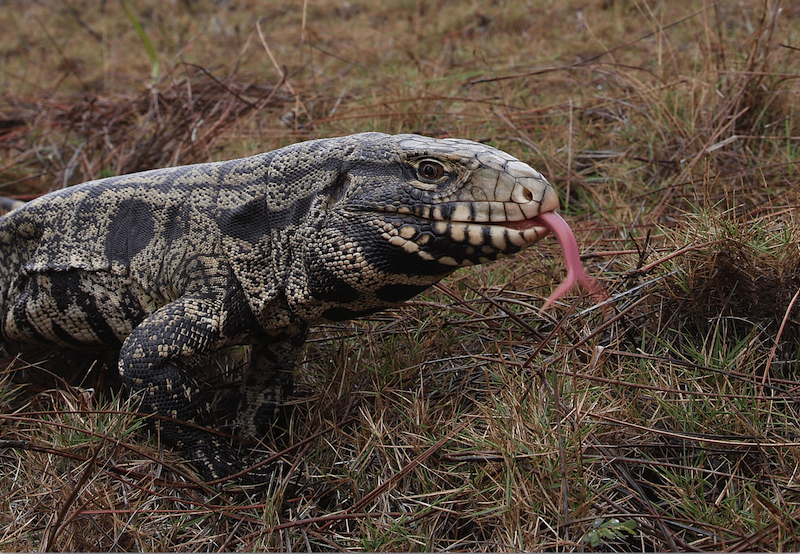
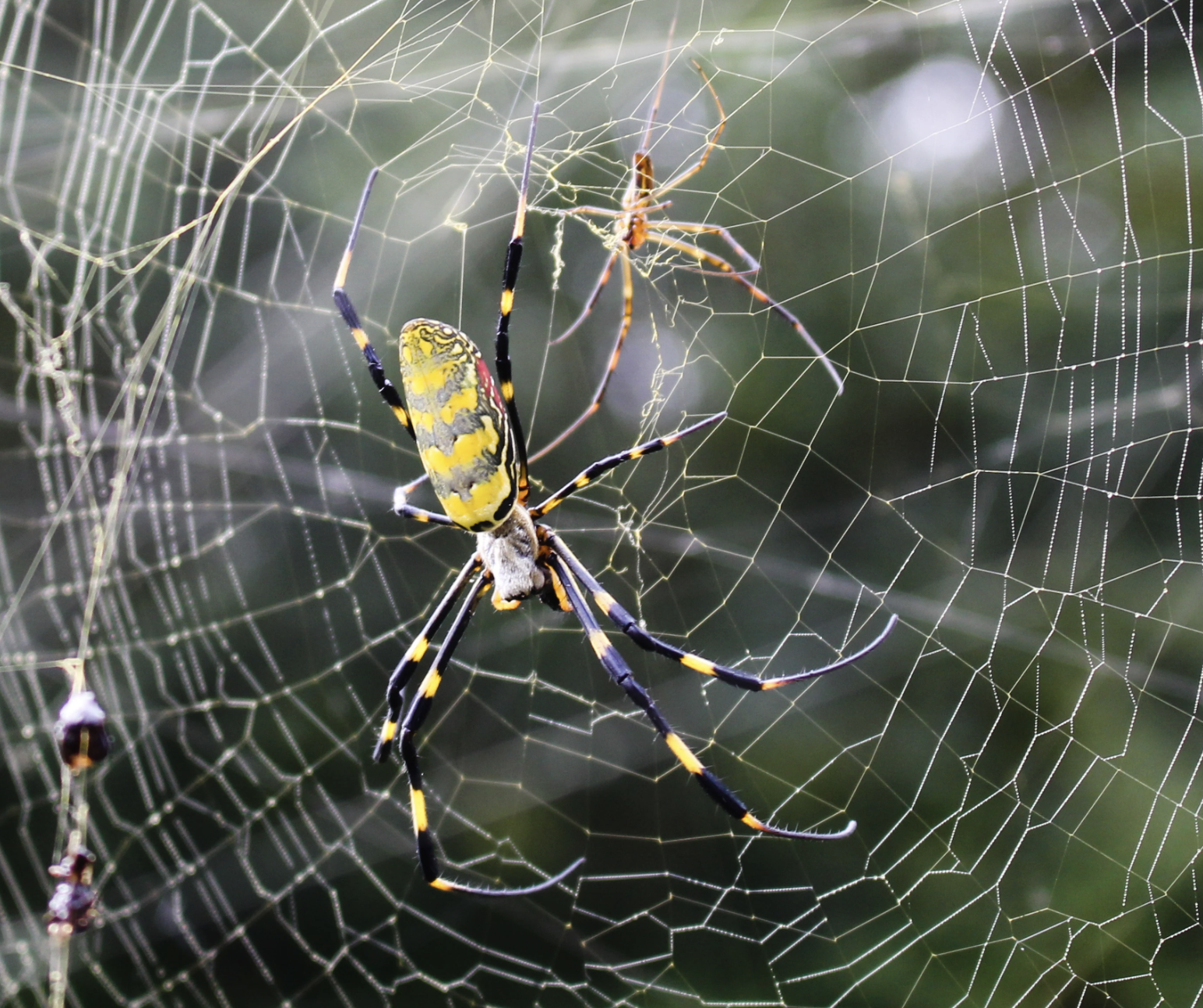
.jpg)
